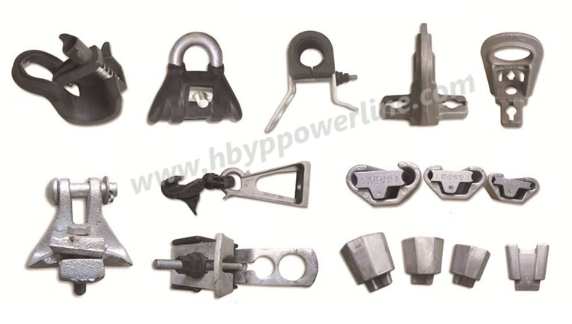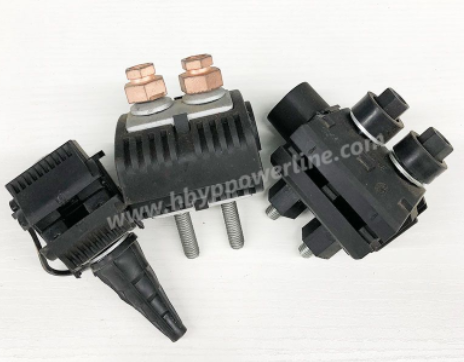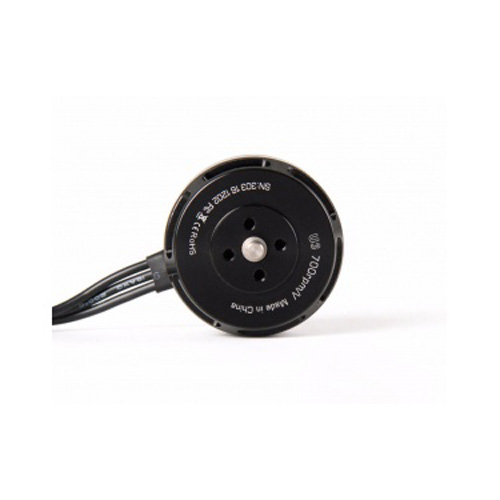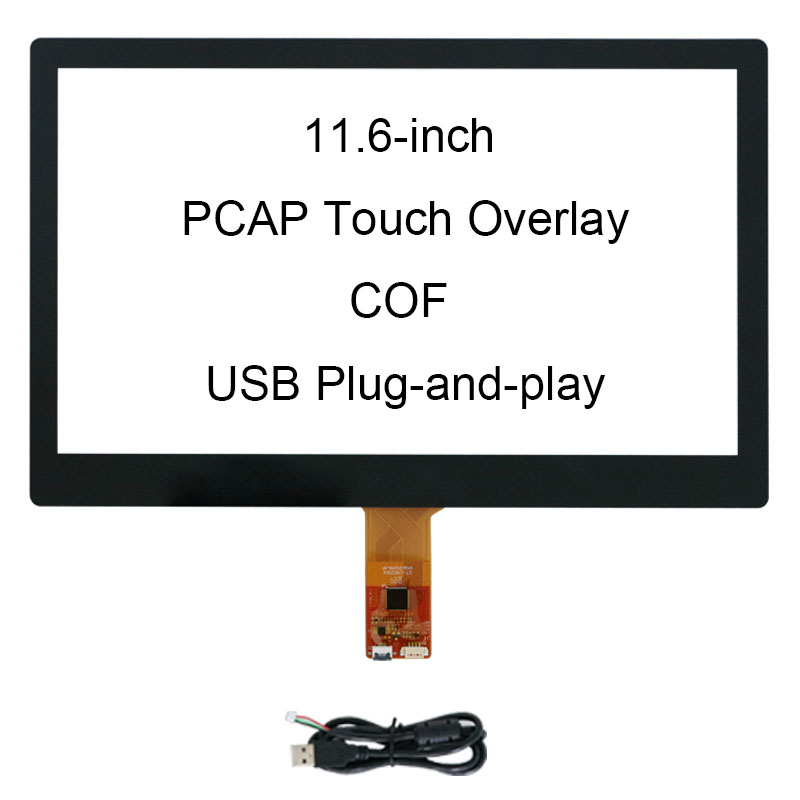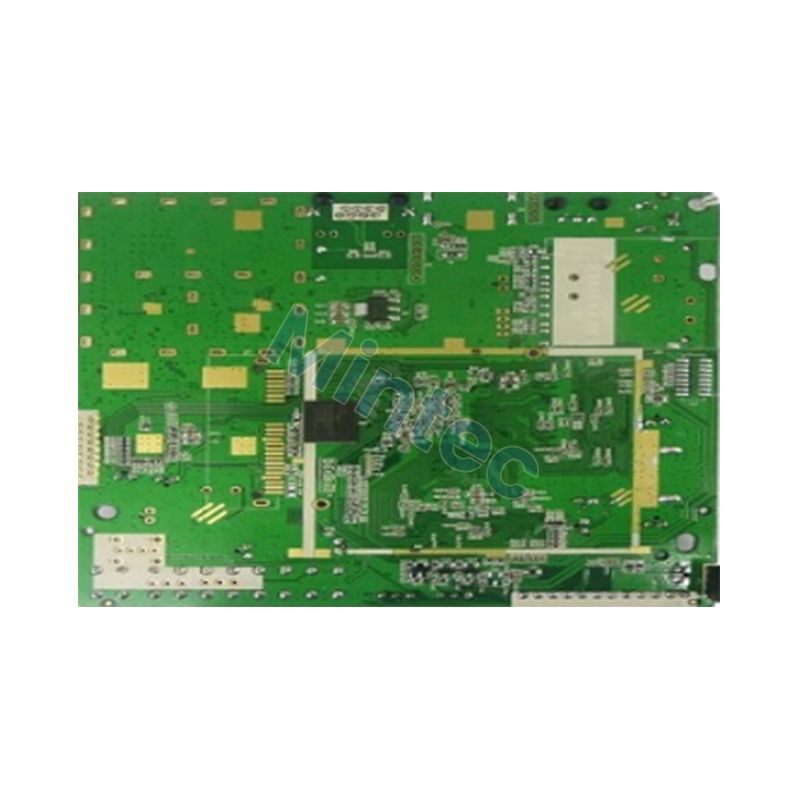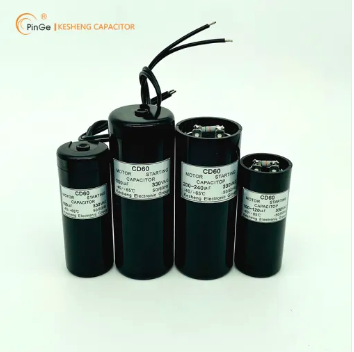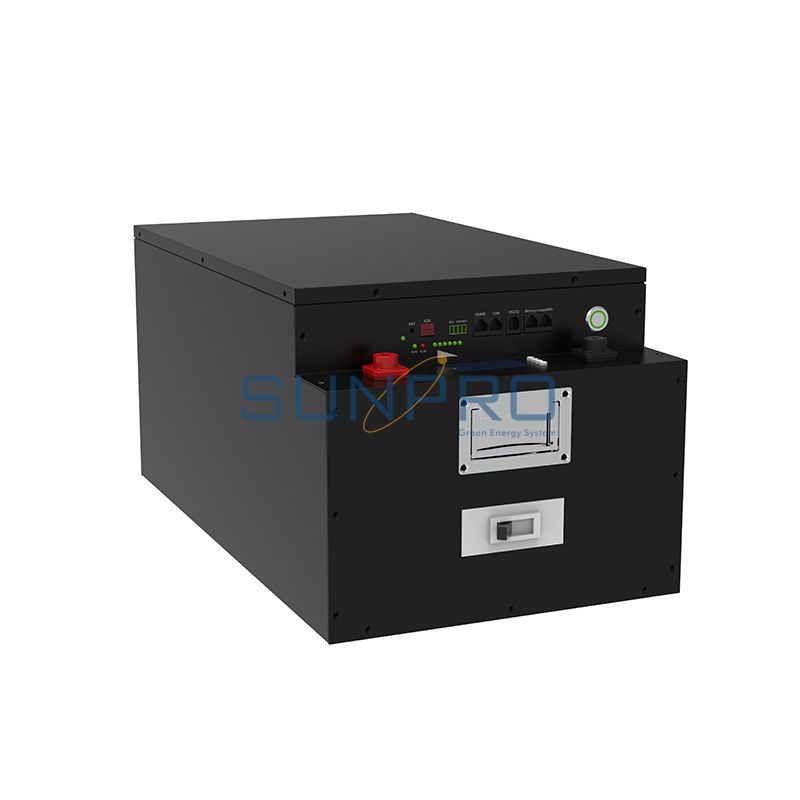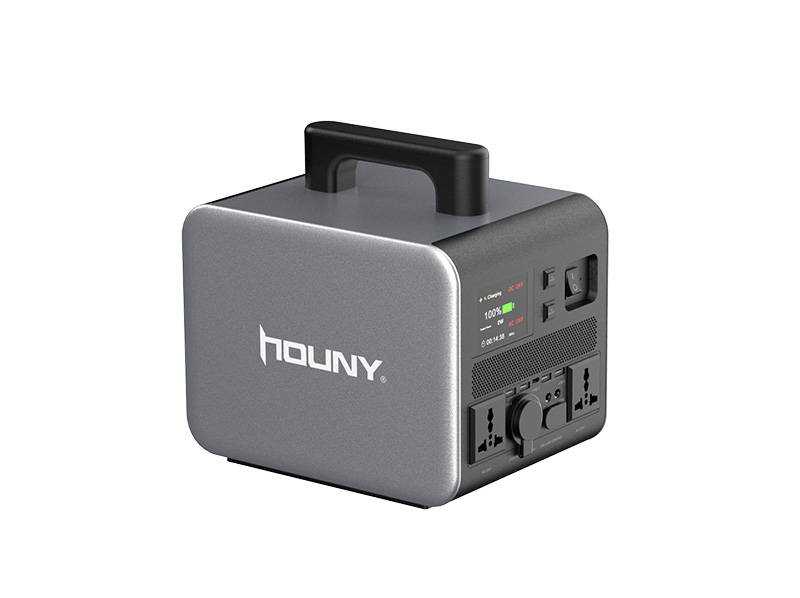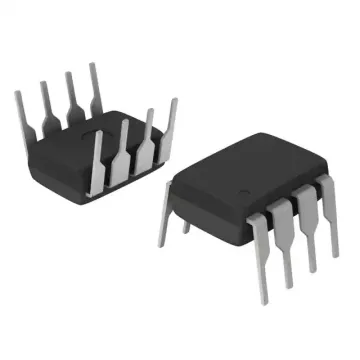Wire and Cable Professional Knowledge
Commonly used electrical accessories include cable terminal junction box, cable intermediate junction box, connecting pipe and terminal block, steel plate junction box, cable tray, etc.
Content List:
ㆍWhat kinds of insulated wires are there?
ㆍWhat kind of occasion is the cable tray suitable for
ㆍWhat are the cable fittings?
ㆍWhat is the cable middle connector?
ㆍWhat is electrical main wiring?
ㆍWhen choosing the cross section of the power cable, which regulations should be followed?
ㆍThe 5 Steps of the Wire & Cable Supply Chain Process
What are the types of commonly used wires and overhead line fittings according to their purpose?
According to the purpose, it can be divided into bare wires, insulated wires, heat-resistant wires, shielded wires, power cables, control cables, communication cables, radio frequency cables, etc.
What kinds of insulated wires are there?
There are the following types of commonly used insulated wires: PVC insulated wires, PVC insulated cords, nitrile and PVC compound insulated cords, rubber insulated wires, direct buried aluminum core plastic insulated wires for agricultural use, and rubber insulated cotton yarn Textile cords, PVC insulated nylon sheathed wires, PVC insulated cords for power and lighting, etc.
What kind of occasion is the cable tray suitable for?
The cable tray is suitable for laying power cables and control cables indoors and outdoors in general industrial and mining enterprises, and can also be used for indoor and outdoor installations in telecommunications, broadcasting and television departments.
Suspension Clamps
What are the cable fittings?
Commonly used electrical accessories include cable terminal junction box, cable intermediate junction box, connecting pipe and terminal block, steel plate junction box, cable tray, etc.
What is the cable middle connector?
The device that connects the cable and the cable's conductor, insulation shielding layer and protective layer to connect the cable line is called the cable intermediate joint.
What is electrical main wiring?
The electrical main wiring is the connection method of the main electrical equipment and the bus in power plants and substations, including the connection of the main bus and the auxiliary power system according to certain functional requirements.
When choosing the cross section of the power cable, which regulations should be followed?
The selection of power cables should follow the following principles:
Related links:Small Size, Big Impact: How Micro Camera Modules Are Changing Industries
How Does the Electric Blanket Controller Work?
What happens when a PTC is heated?
How does an Automotive Agm Start-Stop Battery differ from a traditional battery?
How to find electronic manufacturers in China?
Why is China good at manufacturing electronics?
What's the Maximum Length for USB Cables?
(1) The rated voltage of the cable should be greater than or equal to the rated voltage of the power supply system at the installation point;
(2) The continuous allowable current of the cable should be equal to or greater than the maximum continuous current of the power supply load;
(3) The cross-section of the core must meet the requirements of the stability of the power supply system when it is short-circuited;
(4) Check whether the voltage drop meets the requirements according to the cable length;
(5) The minimum short-circuit current at the end of the line should enable the protection device to operate reliably.
The 5 Steps of the Wire & Cable Supply Chain Process
1. Raw Material Sourcing
Wire and cable manufacturers typically serve as the middle-man between raw material suppliers and customers. As a result, they must have the knowledge and skills to source the right materials for a project.
A qualified wire and cable manufacturer often has insight into current market trends regarding wire and cable materials and a network of reputable material suppliers, which, combined, can benefit you by providing you access to quality materials at a fair price.
2. Production
This step of the wire and cable supply chain process encompasses the scheduling and executing of all production activities (e.g., product manufacturing, testing, packaging, and release). The parties overseeing these activities must also manage performance checks, collect and store related information, supervise the relevant facilities, and ensure compliance with regulatory standards. Some of the factors to keep in mind when making decisions about production activities include deregulation, quality/safety standards, and tariffs.
3. Transportation
The transportation step of the wire and supply chain process involves moving the product from the starting location (typically the manufacturing facility) to the end-user. While this step accounts for less than 5% of the total production costs, it is highly critical to the success of the entire process. For this reason, it is essential to plan out the transportation of a product carefully. Some of the questions to keep in mind include:
ㆍHow will the product be transported?
ㆍWhat is the cost of transporting the product through that method?
ㆍHow long will it take to transport the product through that method?
The answers to these questions depend on your supply chain needs. A good wire and cable partner should be flexible enough to respond and adapt to changing supply chain demands and conditions.
4. Product Customization
While off-the-shelf wire and cable solutions are suitable for some applications, many modern applications require highly specialized solutions. For these situations, a wire and cable partner with custom manufacturing capabilities can save you time and money by ensuring you receive a product tailored to meet your exact needs. During the product customization step, you can specify every element of the wire or cable product design, from component type and configuration to construction material.
5. Product Delivery
The last step of the wire and cable supply chain process is delivering the finished product to the final destination. While this step typically involves sending the product to a wholesale or retailer who makes it available to end-users, it can involve sending a custom product directly to the end-user.
We are an overhead line fittings supplier. Please feel free to contact us if you need them!
What is the difference between electrolytic capacitor and normal capacitor?
How does oled display module work?
Optimizing Heavy Truck Starter Battery Performance for Ultimate Reliability
Choosing the Right Vertiv Liebert UPS: Key Considerations
PTC Heating vs. Traditional Heaters: Which One Is Right for You?
Lithium LiFePo4 Power Battery: Unleashing the Future of Energy Storage
What are the types of audio jack?




